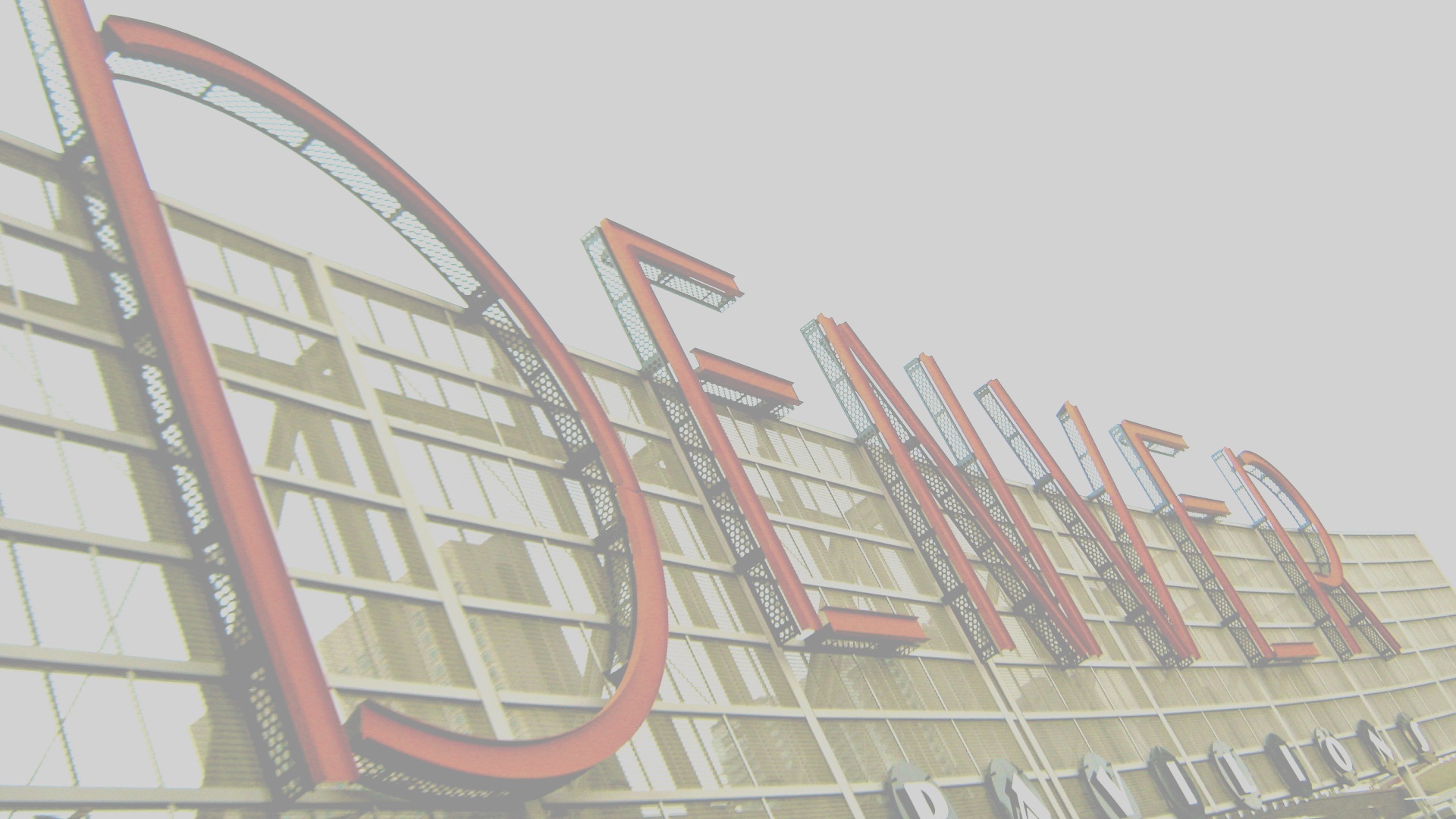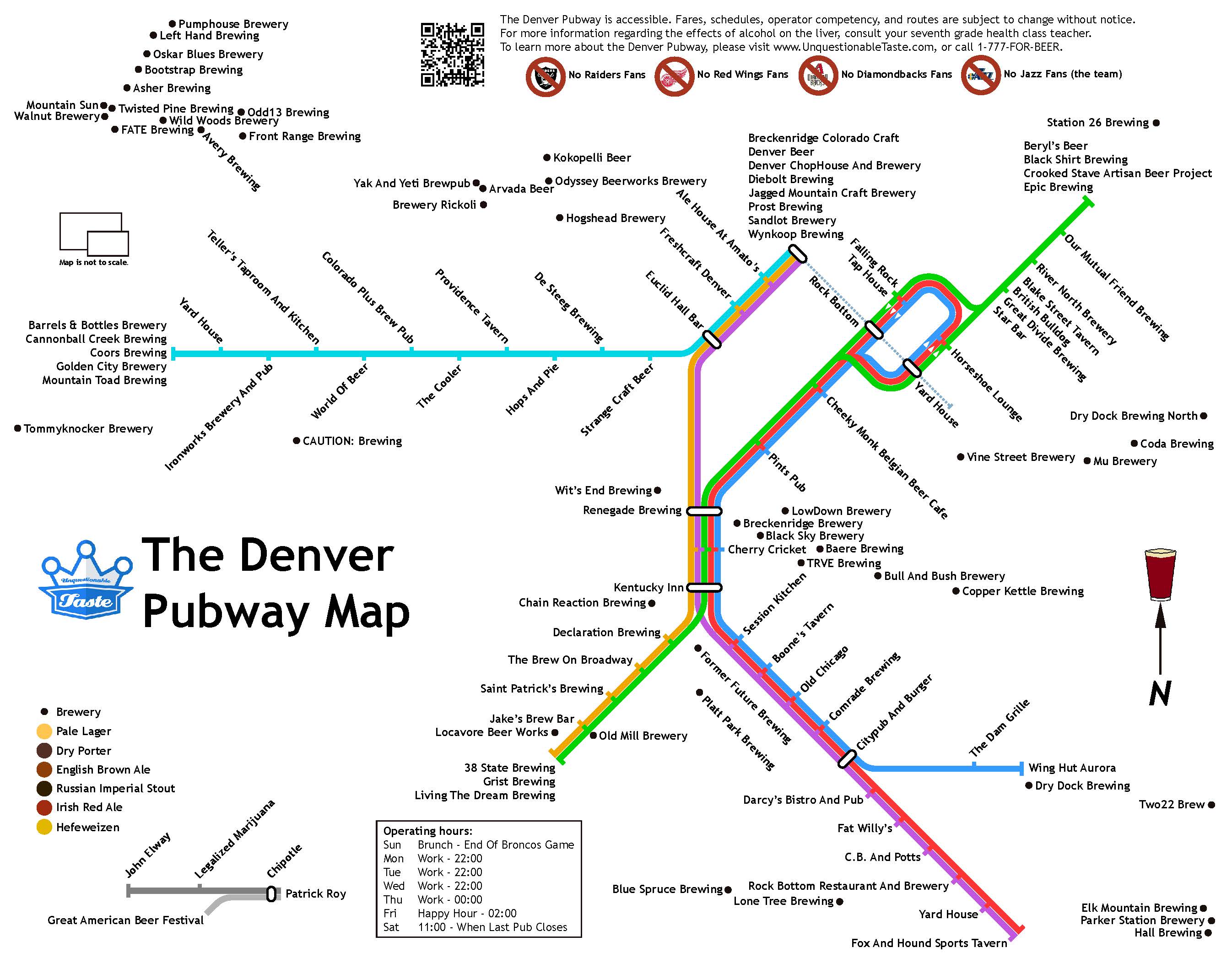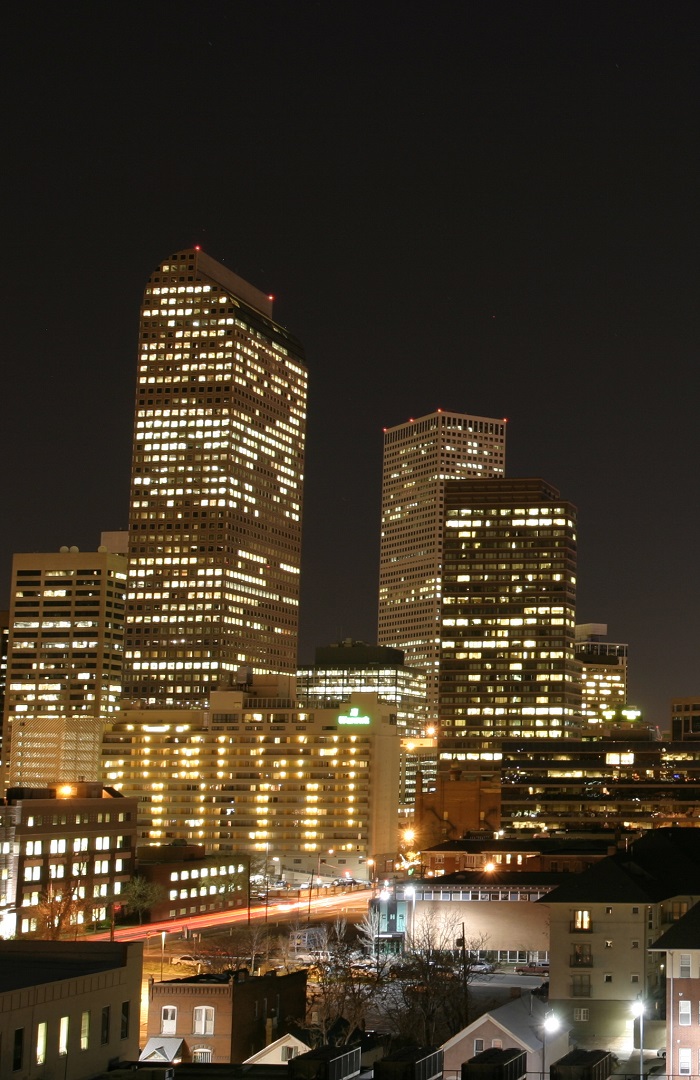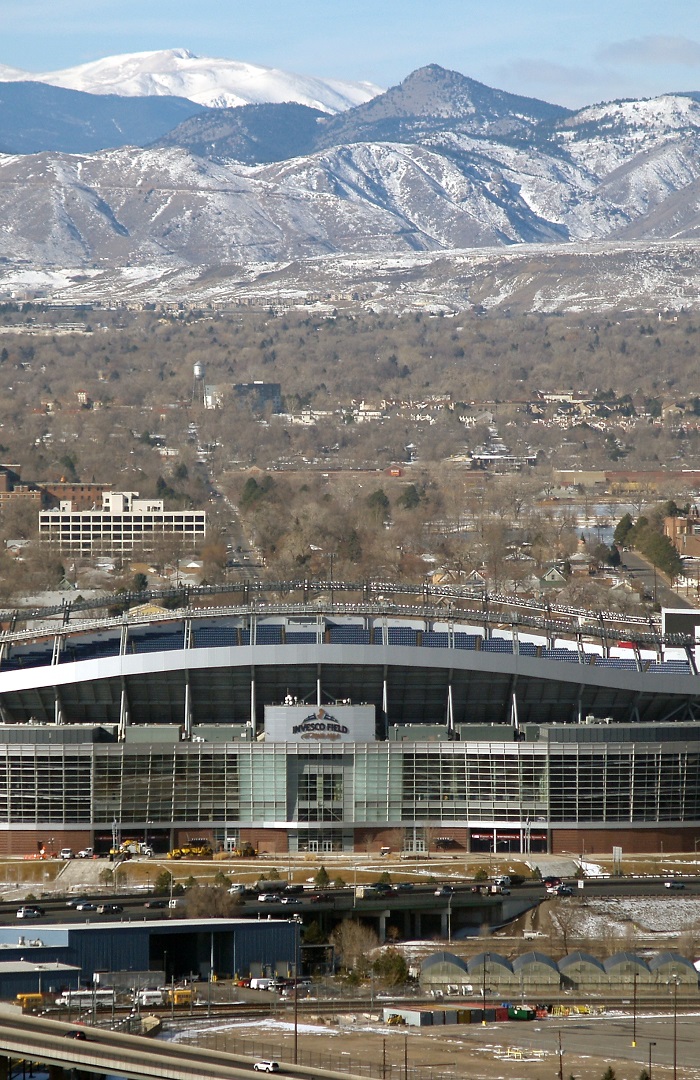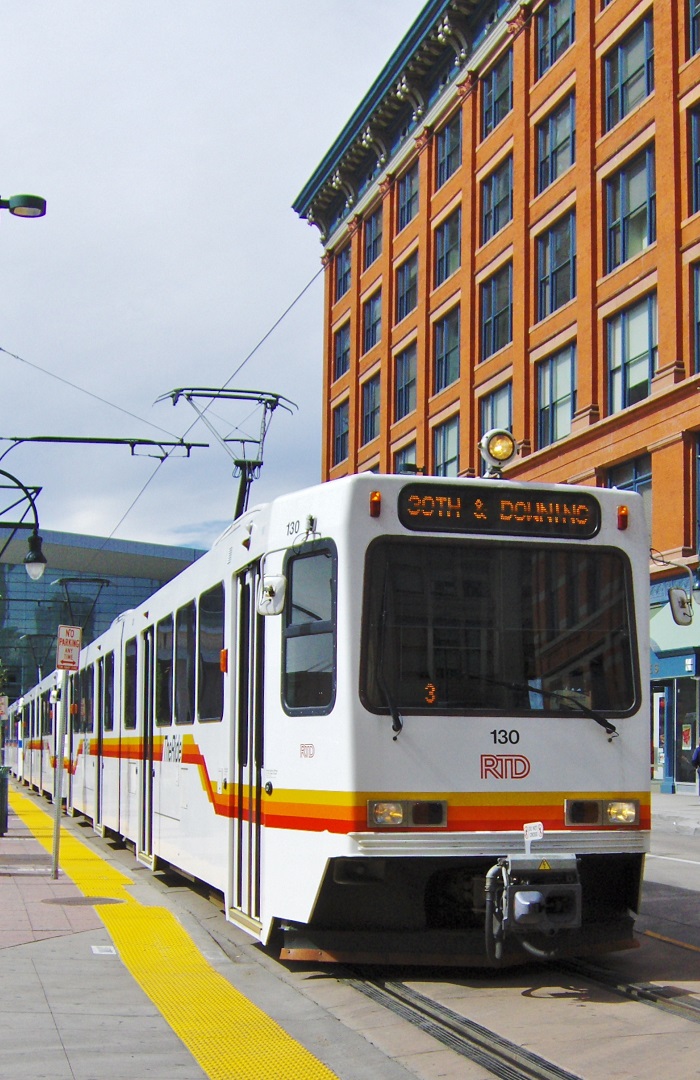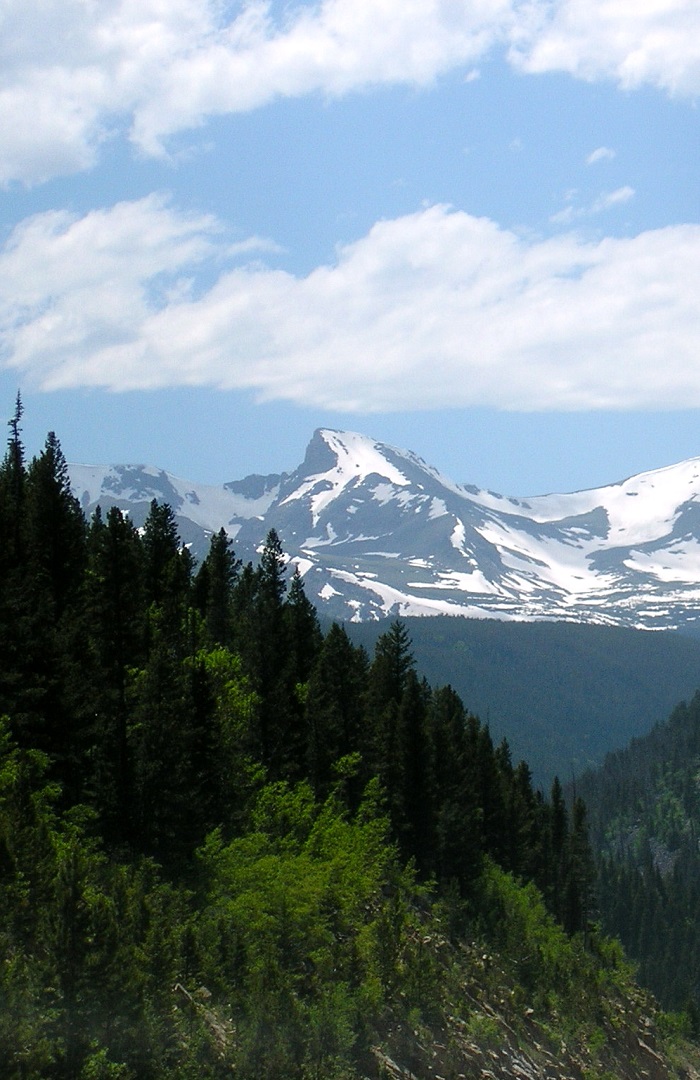First Published: October 19, 2014
Last Update: October 19, 2014
Rocky Mountain Oyster
Officially standing exactly 5,280 feet above sea level is the Mile-High City. Founded by gold prospectors in the mid 1800s as a Pike’s Peak Gold Rush mining town, Denver has since grown from a small fifty-niners settlement into a major transportation and distribution center with strong industry presence in the telecommunications, agriculture, airline, energy, food service, and brewing sectors. The city’s geographic location combined with the advent of rail transportation as well as telegraph company Western Union’s move to the city in 1863 helped solidify it as a hub for both people and goods through the late 19th century and beyond. In 1870, Denver’s link to the transcontinental railroad was completed. Though Denver was hit particularly hard by the silver crash of 1893, it remained at the forefront of progress, driving growth throughout the region. Industry grew through the 20th century, including the construction of the Rocky Flats nuclear warhead plant in 1953. The facility was fraught with problems including radiation leaks, protests, legal troubles, and was ultimately shut down during a tense FBI raid in 1989. The city has had an association with alternative music, as well as folk and of course, jam bands. In 2012, Colorado became the first state to legalize marijuana for recreational use and on New Year’s Day of 2014, the first legal pot dispensaries opened to the public. Other places, like the state of Washington have since followed suit.



